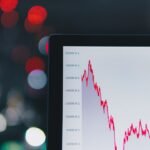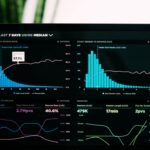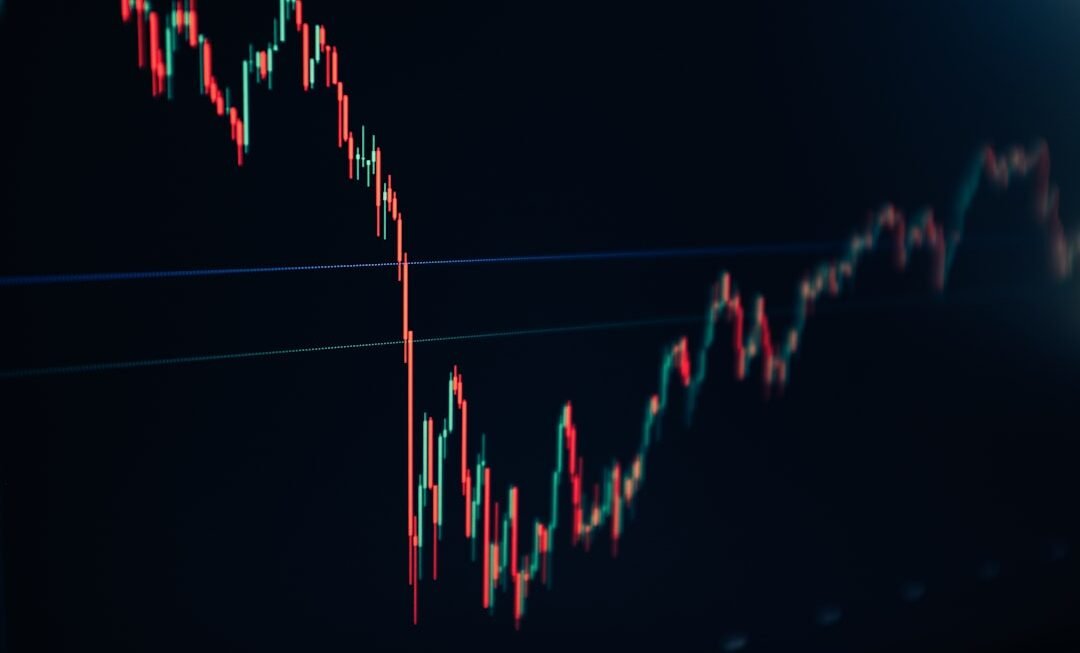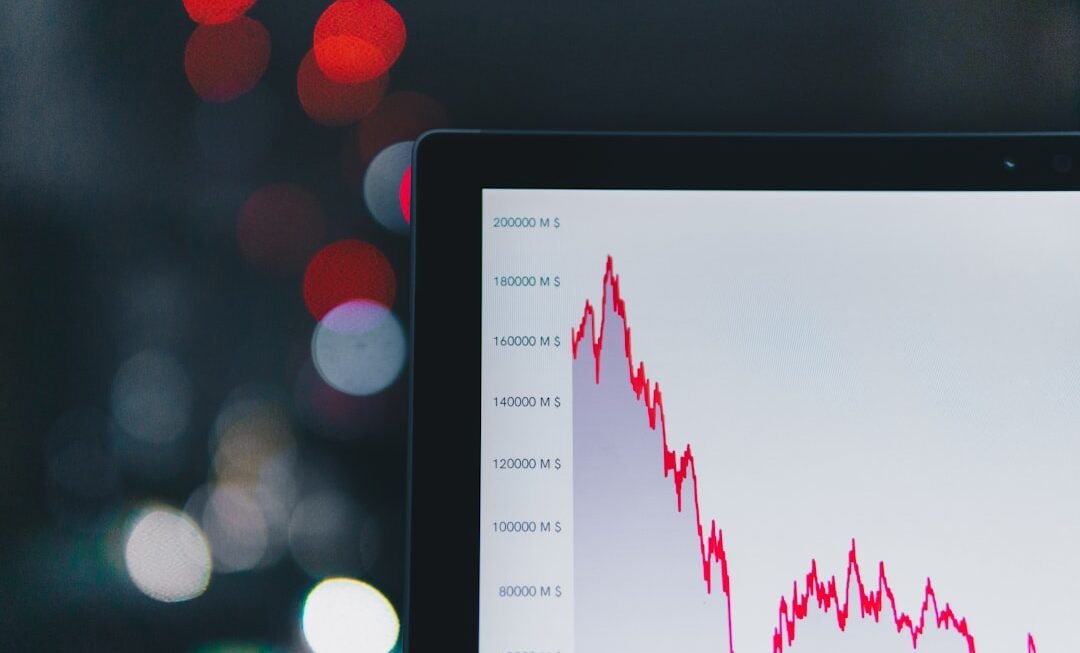The landscape of financial trading has undergone a seismic shift with the advent of artificial intelligence (AI) tools, particularly in the realm of technical analysis. Technical analysis, which involves the evaluation of securities through statistical trends derived from trading activity, has traditionally relied on human intuition and experience. However, the integration of AI into this domain has revolutionized how traders analyze market data, identify patterns, and make informed decisions.
AI tools can process vast amounts of data at unprecedented speeds, enabling traders to uncover insights that would be nearly impossible to detect manually. As financial markets become increasingly complex and data-driven, the need for sophisticated analytical tools has never been more critical. AI tools for technical analysis not only enhance the accuracy of predictions but also provide traders with a competitive edge in a fast-paced environment.
By leveraging machine learning algorithms and advanced data analytics, these tools can adapt to changing market conditions, offering real-time insights that are essential for successful trading strategies. This article delves into the multifaceted role of AI in trading, exploring its various applications, benefits, challenges, and future prospects.
Understanding the Role of AI in Trading
AI plays a pivotal role in modern trading by automating processes that were once labor-intensive and time-consuming. At its core, AI in trading encompasses a range of technologies, including machine learning, natural language processing, and neural networks. These technologies enable traders to analyze historical data, recognize patterns, and predict future price movements with greater accuracy.
For instance, machine learning algorithms can be trained on historical price data to identify correlations and trends that may not be immediately apparent to human analysts. Moreover, AI tools can continuously learn from new data inputs, allowing them to refine their predictive models over time. This adaptability is crucial in the volatile world of trading, where market conditions can change rapidly due to economic events, geopolitical developments, or shifts in investor sentiment.
By utilizing AI-driven insights, traders can make more informed decisions, optimize their strategies, and ultimately enhance their profitability. The ability to process and analyze large datasets in real-time also means that traders can react swiftly to market changes, minimizing potential losses and capitalizing on emerging opportunities.
Types of AI Tools for Technical Analysis
The spectrum of AI tools available for technical analysis is diverse, catering to various aspects of trading strategies.
These systems can analyze multiple indicators simultaneously, such as moving averages, relative strength index (RSI), and Bollinger Bands, to determine optimal entry and exit points.
Another significant type of AI tool is predictive analytics software. This software employs machine learning techniques to forecast future price movements based on historical data patterns. For example, a predictive model might analyze past price fluctuations in conjunction with macroeconomic indicators to project future trends.
Additionally, sentiment analysis tools leverage natural language processing to gauge market sentiment by analyzing news articles, social media posts, and other textual data sources. By quantifying sentiment, traders can gain insights into how public perception may influence market behavior. Furthermore, portfolio management tools powered by AI can assist traders in optimizing their asset allocation strategies.
These tools analyze historical performance data and risk factors to recommend adjustments that align with a trader’s investment goals and risk tolerance. By employing a combination of these AI tools, traders can create a comprehensive technical analysis framework that enhances their decision-making capabilities.
Benefits of Leveraging AI Tools for Technical Analysis
The advantages of incorporating AI tools into technical analysis are manifold. One of the most significant benefits is the enhancement of analytical precision. Traditional methods often rely on subjective interpretations of data, which can lead to inconsistencies and errors.
In contrast, AI algorithms operate on objective criteria and statistical models, resulting in more reliable predictions. This objectivity is particularly valuable in high-stakes trading environments where even minor inaccuracies can lead to substantial financial losses. Additionally, AI tools facilitate the processing of vast datasets that would overwhelm human analysts.
The ability to analyze large volumes of historical and real-time data allows traders to identify trends and correlations that might otherwise go unnoticed. For instance, an AI tool could analyze thousands of stocks simultaneously to identify those exhibiting similar price patterns or volatility characteristics. This capability not only saves time but also empowers traders to make data-driven decisions based on comprehensive analyses rather than gut feelings.
Moreover, the speed at which AI tools operate is a game-changer in trading. In today’s markets, where milliseconds can make a difference between profit and loss, the ability to execute trades based on real-time data analysis is invaluable. AI systems can monitor market conditions continuously and execute trades instantaneously when predefined criteria are met.
This rapid response capability enables traders to capitalize on fleeting opportunities that may arise due to sudden market movements or news events.
Challenges and Limitations of AI in Technical Analysis
Despite the numerous benefits associated with AI tools for technical analysis, several challenges and limitations must be acknowledged. One primary concern is the reliance on historical data for training machine learning models. While historical data can provide valuable insights into past market behavior, it may not always accurately predict future trends.
Market dynamics are influenced by a myriad of factors—economic indicators, geopolitical events, and changes in investor sentiment—that may not be fully captured in historical datasets. Another challenge lies in the complexity of financial markets themselves. Markets are inherently unpredictable and subject to sudden shifts that can render even the most sophisticated models ineffective.
For instance, an unexpected economic downturn or political crisis can disrupt established patterns and lead to erratic price movements that defy algorithmic predictions. As a result, traders must exercise caution when relying solely on AI-generated insights without considering broader market contexts. Furthermore, there is the risk of overfitting in machine learning models.
Overfitting occurs when a model becomes too tailored to historical data, capturing noise rather than genuine patterns. This can lead to poor performance when applied to new data or changing market conditions. To mitigate this risk, traders must ensure that their models are robust and validated against out-of-sample data before deployment.
Best Practices for Integrating AI Tools in Technical Analysis
Striking a Balance between Human Intuition and Machine-Generated Insights
While AI can provide valuable analytical capabilities, human judgment remains essential in interpreting results and making final decisions. Traders should view AI as an augmentation tool rather than a replacement for their expertise.
Continuous Monitoring and Evaluation of AI Models
Financial markets are dynamic environments that require models to be regularly updated based on new data inputs and changing conditions. Traders should establish protocols for backtesting their models against historical data and conducting regular performance assessments to identify areas for improvement.
Fostering Collaboration between Data Scientists and Traders
Fostering collaboration between data scientists and traders can enhance the integration process. Data scientists possess the technical expertise needed to develop sophisticated algorithms, while traders bring domain knowledge and practical experience to the table. By working together, these two groups can create tailored solutions that address specific trading challenges while leveraging the strengths of both human insight and machine learning capabilities.
Case Studies of Successful Implementation of AI in Technical Analysis
Several notable case studies illustrate the successful implementation of AI tools in technical analysis across various trading firms and hedge funds. One prominent example is Renaissance Technologies, a quantitative hedge fund known for its use of advanced mathematical models and algorithms in trading strategies. Renaissance employs machine learning techniques to analyze vast datasets encompassing historical price movements, economic indicators, and even social media sentiment.
The firm’s Medallion Fund has consistently outperformed traditional investment strategies by leveraging these sophisticated analytical capabilities. Another compelling case study is that of Goldman Sachs’ use of AI-driven trading systems within its equities division. The firm has developed proprietary algorithms that analyze market trends and execute trades based on real-time data inputs.
Additionally, smaller firms have also successfully integrated AI tools into their trading strategies. For instance, Numerai is a hedge fund that crowdsources predictive models from data scientists around the world using a unique tournament-based approach.
Participants submit their models based on various datasets provided by Numerai, which then aggregates these models into a meta-model for trading decisions. This innovative approach harnesses collective intelligence while leveraging advanced machine learning techniques for technical analysis.
The Future of AI in Technical Analysis and Trading
Looking ahead, the future of AI in technical analysis and trading appears promising as advancements in technology continue to reshape the financial landscape. One key trend is the increasing sophistication of machine learning algorithms that will enable even more accurate predictions based on complex datasets. As computational power continues to grow and access to diverse data sources expands, traders will be able to harness these advancements for enhanced decision-making capabilities.
Moreover, the integration of alternative data sources—such as satellite imagery or transaction data—into AI models will further enrich analyses and provide deeper insights into market dynamics. For example, satellite imagery can be used to assess agricultural yields or monitor shipping activity at ports, offering valuable information that traditional financial metrics may overlook. Additionally, regulatory developments will play a significant role in shaping the future landscape of AI-driven trading strategies.
As regulators become more attuned to the implications of algorithmic trading and AI technologies on market stability and fairness, firms will need to navigate compliance requirements while innovating their approaches. In conclusion, as artificial intelligence continues to evolve and permeate various aspects of financial trading, its role in technical analysis will undoubtedly expand further. Traders who embrace these advancements while remaining vigilant about potential challenges will be well-positioned to thrive in an increasingly competitive environment driven by data-driven insights and automated decision-making processes.












